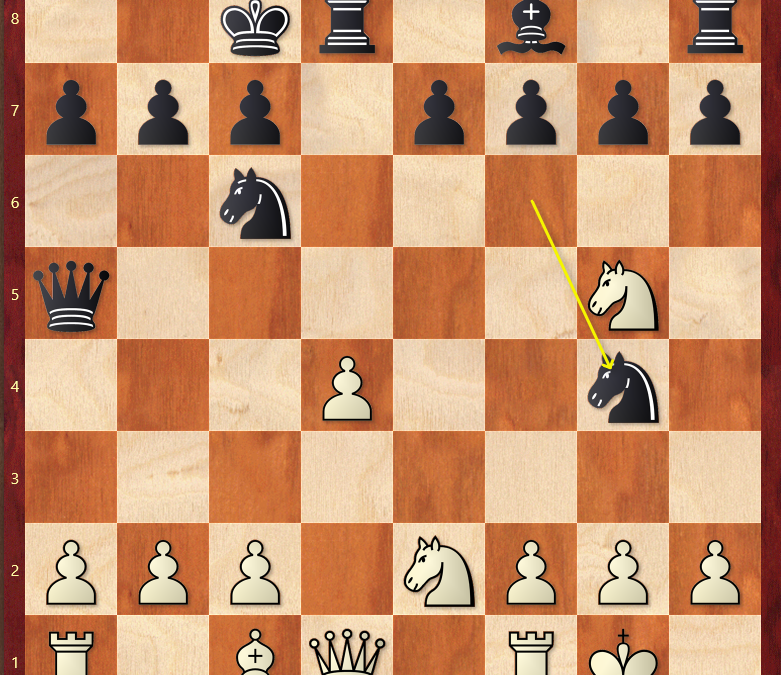Dynamic sacrifices
Sacrifices in chess come in many different shapes and forms, and are useful in achieving a variety of goals. Below, we explore dynamic sacrifices, where the goal is to gain time, a lead in development, and/or an attack on the king.
How can white sacrifice material to accelerate his development?
Schlechter – Mieses, Vienna 1907
The game between Schlechter and Mieses at Vienna 1907, is a great example of the power and risk of various types of dynamic sacrifices. This victory ultimately helped Mieses to achieve 1st place ahead of famous names such as Tartakower and Maroczy.
Lessons from this game:
- Sacrificing a few pawns to accelerate your attack on the enemy king is a common and effective idea.
- When the opponent has more space, it is important to strike at the large pawn centre before the opponent can consolidate it properly.
- When defending against an attack on the king, mobilising the defensive forces is often more important than winning material.
The lesson is clear: sacrifices are simply a tool to trade material for some other kind of advantage, and therefore should not be revered or feared. In each case, you should judge the material invested against the compensation gained.
For more resources to improve your game, remember to join the Elite Chess group at chesstribe.com!
If you have read this far, that means you’re interested in getting better at chess. You deserve to improve your chess skills. We want to help you do that. Click here to receive our FREE weekly newsletter: https://elitechess.co/shop/my-account/


Recent Comments